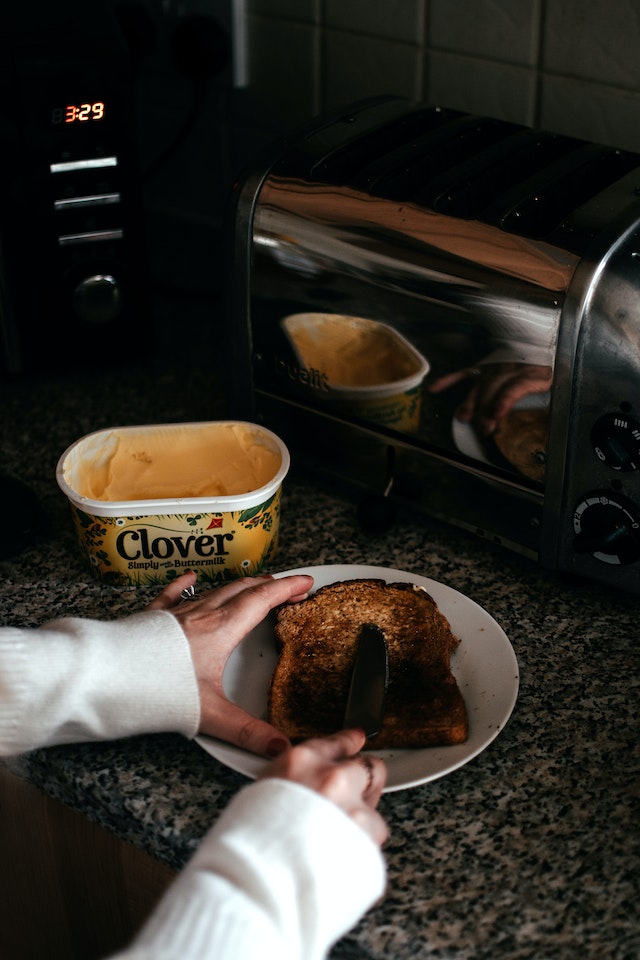In the age of digital innovation, even the most basic kitchen appliances have experienced a tech overhaul, with the smart toaster leading the pack. Toast, a simple and beloved breakfast staple, has now been elevated to an art form, thanks to advancements in kitchen technology.
Toasting bread used to be a game of guesswork. Bread slices were frequently either excessively pale or burned beyond recognition. Modern smart toasters, on the other hand, have put an end to this culinary Russian roulette. These gadgets, which use a mix of sensors and configurable settings, ensure that each slice is toasted to individual desire, from the crispiest of golden browns to a faint, delicate tan.
According to Consumer Technology Association research, incorporating smart technology into kitchen appliances improves productivity and user pleasure. Manufacturers have facilitated the fine-tuning of culinary activities by incorporating data-driven approaches into devices, assuring breakfast fans achieve consistent and exact results.
However, smart toasters offer more than just precision. Many of these devices are compatible with cell phones and home automation systems. This connectivity enables customers to specify their preferences or even start the toasting process remotely, guaranteeing that a flawlessly toasted piece of bread is ready when they arrive in the kitchen. Some versions also have visual components, such as cameras that watch and alter the toasting process in real time, delivering an individualized experience.
Another notable feature of some smart toasters is their capacity to handle a wide range of baked items. The versatility of these devices means that every breakfast item receives its own specialized and optimal toasting profile, from bagels and English muffins to artisanal bread pieces of various thicknesses. Furthermore, for the environmentally conscious, some smart toasters include energy-saving capabilities that adjust the toasting time and power based on the moisture content of the bread, consuming only the energy required for each toasting session.
While smart toasters unquestionably add a touch of elegance to the breakfast table, it is critical to grasp their broader implications. The change from traditional to smart appliances signifies a trend toward a more data-driven and individualized approach to cooking. As these advances spread, kitchens may soon be filled with machines that learn from our habits, preferences, and even taste profiles, making cooking not just efficient but also highly personal.
Smart toasters have caught the curiosity of commercial enterprises in addition to individual families. Cafes, breakfast places, and even upmarket hotels are investigating the ability of these gadgets to produce consistent quality at scale. Given how busy breakfast rush hours can be, the ability of smart toasters to concurrently cater to varied consumer preferences, from lightly toasted to crispy brown, without human intervention, is considered as a great feature. It streamlines operations while guaranteeing that each consumer has a personalized experience.
Another area where smart toasters are making waves is sustainability. With increased global awareness about energy usage and its environmental consequences, there is a growing need for eco-friendly appliances. Some smart toasters now include energy-saving functions that alter heating components based on the type of bread and desired outcome. This not only saves energy but also adds to a longer appliance lifespan by reducing wear and tear on the device’s internal components.
In terms of longevity, smart gadgets’ resilience to software updates is a game changer. Smart toasters, like smartphones, can be updated regularly to introduce new capabilities, optimize energy consumption, or even correct discovered flaws. This option to upgrade ensures that the device’s functionality stays current long after purchase, providing users with more value for their investment.
In a broader sense, the evolution of the toaster serves as a model for the future of home appliances. As homes become more connected and the Internet of Things (IoT) expands, we can look forward to a future in which all our devices, not just the toaster, communicate, coordinate, and optimize operations depending on our preferences and daily routines.
In conclusion, the basic toaster’s transformation from a manual instrument to a sophisticated, smart, and linked appliance exemplifies the ongoing home technological revolution. This progression offers an improved future of ease, safety, sustainability, and personalization, ushering in a new era in which our houses reflect and adapt to our lifestyles.

